Shooting interviews with big film stars … the challenges
Over the past months, I have been given the chance to so something quite ordinary with extraordinary people: shooting interviews for TV and other media outlets – interviews with famous film stars and film directors. As you can imagine, there is hardly any room for screwing up something like this, so the preparation needs to be meticulous.
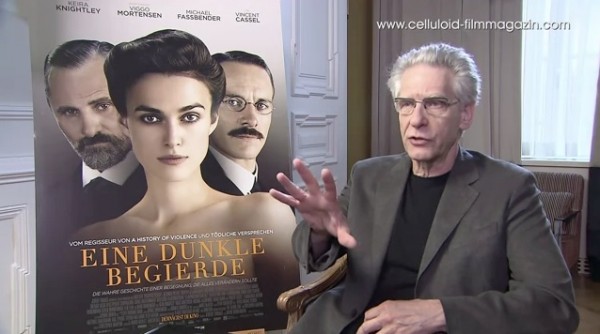
Still frame from my interview shoot with David Cronenberg for the Austrian premiere of "A Dangerous Method" at the Viennale International Film Festival - parts of the film were shot in Vienna, where Sigmund Freud used to live
To be more precise, I was assigned by Universal Pictures Austria to shoot interviews with Jason Bateman for the premiere of “The Change-Up”, and with the great director David Cronenberg for “A Dangerous Method”, with another assignment coming up shortly.
Time is of the essence
These interviews are shot with correspondents from national and international TV channels and other media outlets, to be used as PR for new movies when these TV channels are broadcasting programs about them. Usually, these TV channels of course come with their own teams for interviews – but when you have half a dozen or more channels lined up to do interviews, setting up and breaking down interview situations with different camera crews would just need too much time – because usually A-listers like these have a strict schedule and have no more than half an hour or hour for all of the interviews.
Consequently, a separate camera crew – in this case, my production company – is hired to do a general interview setup. The crew remains the same for all TV channels, just the interviewer is of course different for each interview. This allows for a very quick turn-around.
Choosing a format & the disadvantages of solid state media
Working with that many TV channels at once, you end up with two fundamental problems: First and foremost, you need to find a format that fits all of them. Not an easy task, with many broadcasters locked into different file or tape formats. Secondly, you need to find a way to give them the footage right after the interview.
The first problem is the crucial one … at first we had Universal Pictures asked all of the channels to provide the formats and standards they can work with. As expected, it was like Babylon – nothing matched except for the European frame rates. In the end, I decided to go with the highest-end standard as requested by one TV channel – XDCAM HD 422. We verified that most of the channels could work with that as it’s a widely accepted broadcast standard – the few that didn’t (mainly web outlets) got a converted version supplied as a server download.
The second problem – getting them the footage immediately – was easy to solve once we had found the solution for the first one. The correspondents needed to be able to get their footage right away to take with them back to the edit bays of their TV channel, sometimes to finalize edits to be aired on the same day.
Most modern camcorders work with solid state media – SD cards, Compact Flash cards, hard drives, proprietary standards like SxS, P2, you name it. The great advantage of those is that you can shoot relatively inexpensively, and you can use them over and over again. One disadvantage of solid state is that you need to archive your footage in some way, which is a problem that simply wasn’t there before – with inexpensive tapes, we simply kept them just the way they were shot, they were their own archival medium. Nice and clean, safe and sound. Not any more. What we need now are HDDs, backups and more backups of these HDDs. However, the real downside of solid state media in this case was the fact that I couldn’t hand out memory cards to all these TV channels – for one, they don’t have a generally accepted standard of these cards, for another, I would probably never have gotten them back – which can be quite expensive considering the price of SxS cards.
The solution? Sony’s Professional Disk format. Essentially a BluRay in a cartridge, Sony introduced that format years ago and established it with their line of broadcast camcorders, the PDW-700 and the PDW-800. It combines the advantages of a file-based workflow (because these are re-writeable disks) with the archival qualities of good old tapes, because they are inexpensive. I decided to rent a PDW-700 for the interview shoots. Also, owning a Sony EX3 meant that if anything would fail, I would have a solid-state backup camera handy that actually features a similar look to the PDW-700’s XDCAM HD.
The decision turned out to be a very good one as all the broadcasters were very pleased with the workflow and the results.
The look & lighting
Style-wise what we can do is rather limited as the movie poster always needs to be in-frame during the interview. You are certainly familiar with these kinds of interviews from TV – this is exactly how they are usually executed, with one crew catering to a number of broadcasters.
I always book great gaffers and sound people – all of whom I have worked with before and who I trust – for my assignments, and for these ones especially I had to make sure everything worked perfectly and without delay or hick-ups. Together with the gaffers – in one case, Markus Harthum (who I regularly work with) and in another, Alex Haspel, we looked for a nice interview corner in the hotel suites that were booked for that purpose. Not always easy as many luxury hotels tend to be stuffed with furniture, and some of them are not as big as you would imagine – a challenge to position the lights and still have enough space for the interviewer, the star’s entourage and other people that are sometimes crowding the room once the interviews start. We even scouted the rooms with the sound recordists (e.g. Konstantin Drossos), to be make sure there are no disturbances and to get rid of those in case there were any.
In order not to grill the talent on camera when sitting there for an hour or so, we decided to go with Kinoflos (120 cm, Fourbank) – a nice, soft and cold key light. As a filler, we used a short Kinoflo (60 cm), with small HMI’s as kickers (hard light for contrast). We tried to accentuate the little background we had in frame as good as we could, in a subtly way – after all, it’s all about the movie and the star!
Watch two of the interviews that I shot right here:
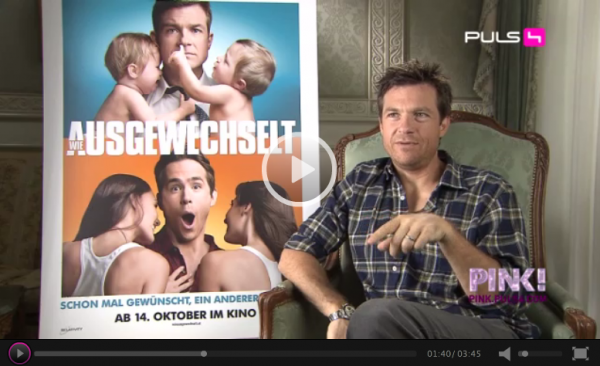
Click on the picture to see the report, including one of the interviews that I shot with Jason Bateman
-
Great post Nino. I can certainly appreciate the challenges of a job like this.
-
I always love BTS posts, and this is the first I’ve read on video press junkets.
Call me a nerd, but I find it riveting 🙂tech question: What was the wattage of the fluorescent tubes in the kinos?
-
Very informative. Thankyou for sharing.
-
Great job Nino. Loved the lighting on the second vid. Keep up the great work.
– Caleb
-
Beautiful lighting. I have much experience with these celeb junkets. When I do them, I light the set, run hard wired lav mics, leave the sticks set up and each crew just comes in with their own camera. That way there is no post interview distribution. Sounds like you’re having some fun Nino!
-
Always learn so much from reading your stuff, Nino. Thanks for being thorough and thoughtful. Love the lighting suggestions as well as the commentary of format standards (craziness!). ch:
-
Hi, Nino!
Wer hat das Interview gemacht mit Cronenberg? Der lustige Greuling? Sag ihm einen schoenen Gruss.
Alles Liebe aus Colombia.
Armin -
Very challenging, to set shots with titles and specific talent requirements, have done anything since 2011?
-
Hi Nino.
This is really informative, thank you! I am getting the opportunity to shoot some press junkets like these very soon so was wondering if you have any more up to date detail please? Or if you have done them recently? Last comment was from 2013 so issues around cameras and formats etc have changed considerably in that time. It looks like the junket will be shot on the FS7 so wondered if you had any thoughts on that and advice about what would be involved now? Thanks in advance!


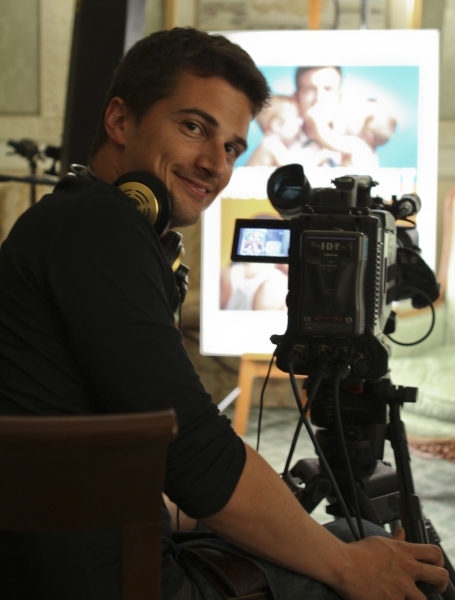
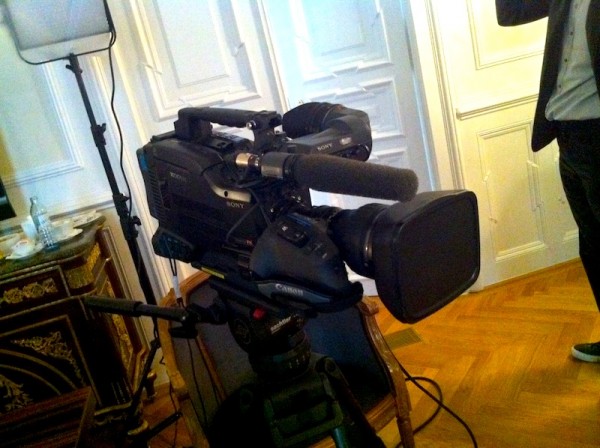
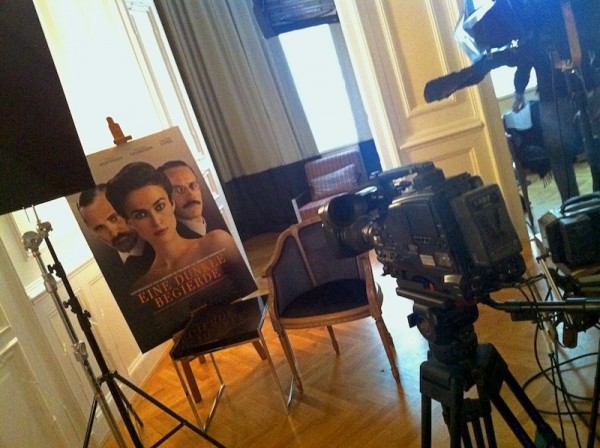
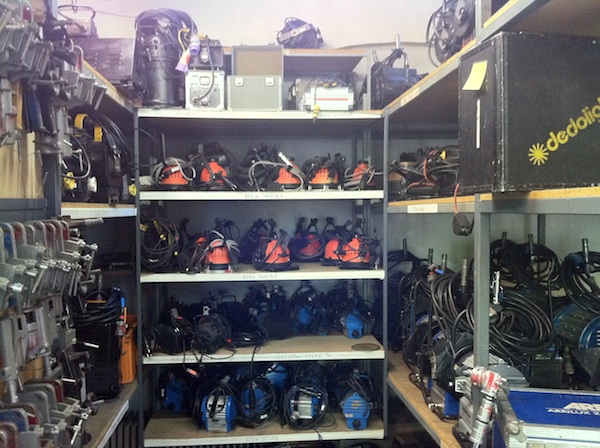
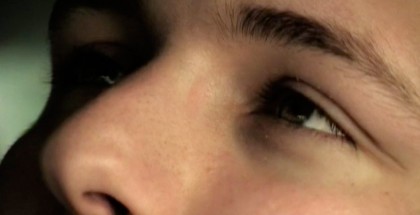
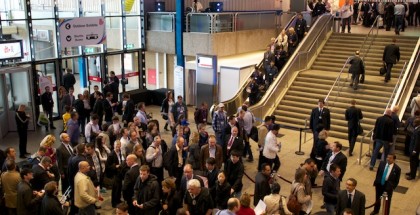
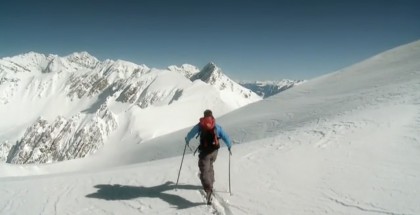
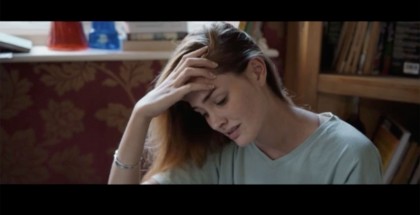
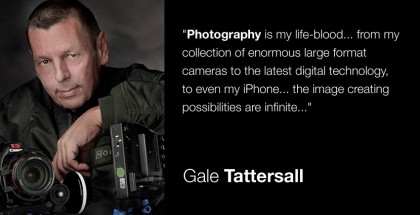


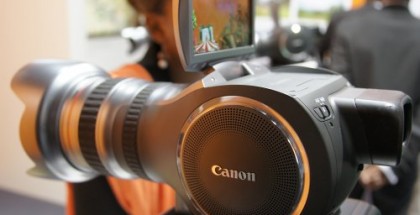












Comments